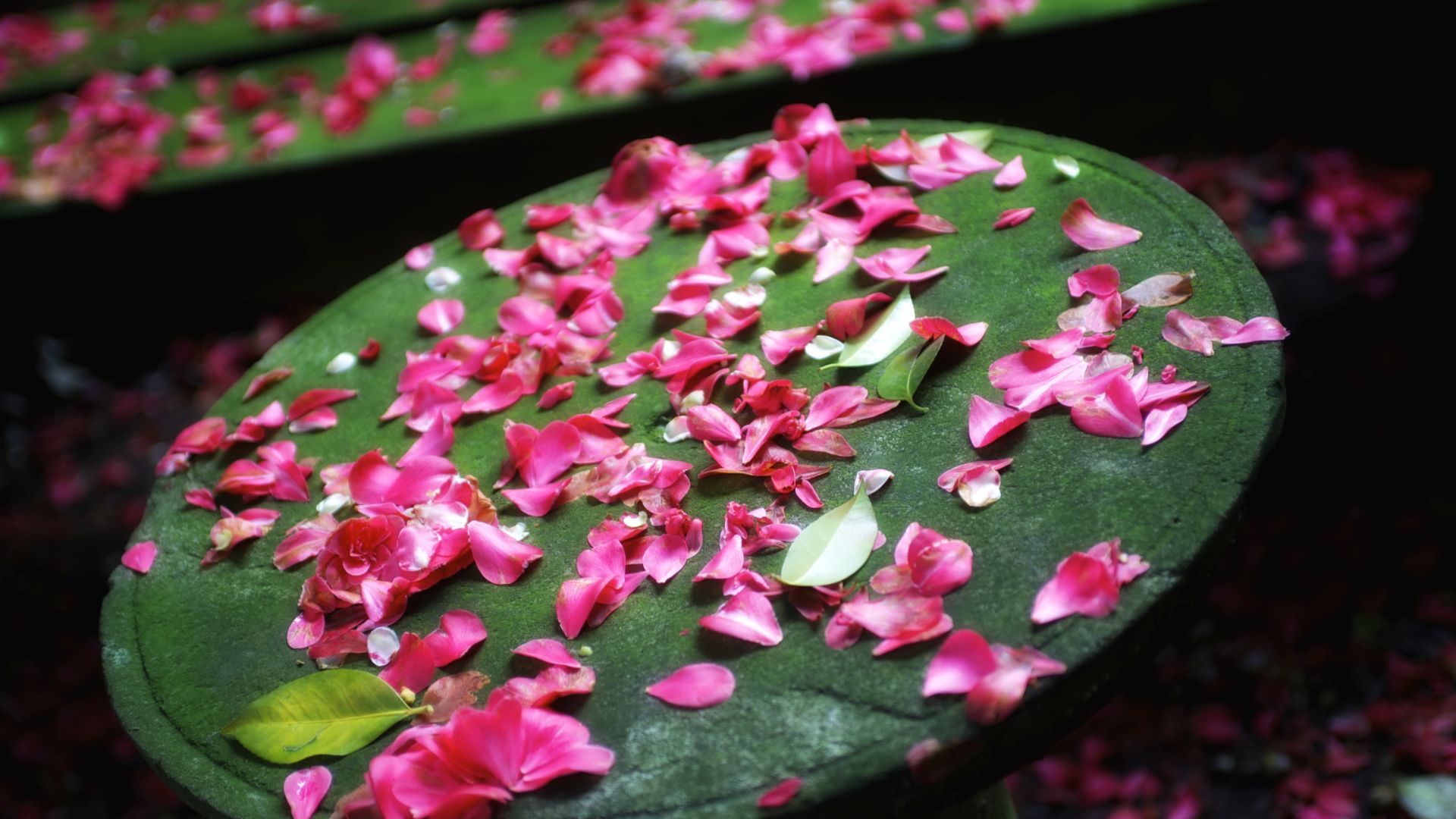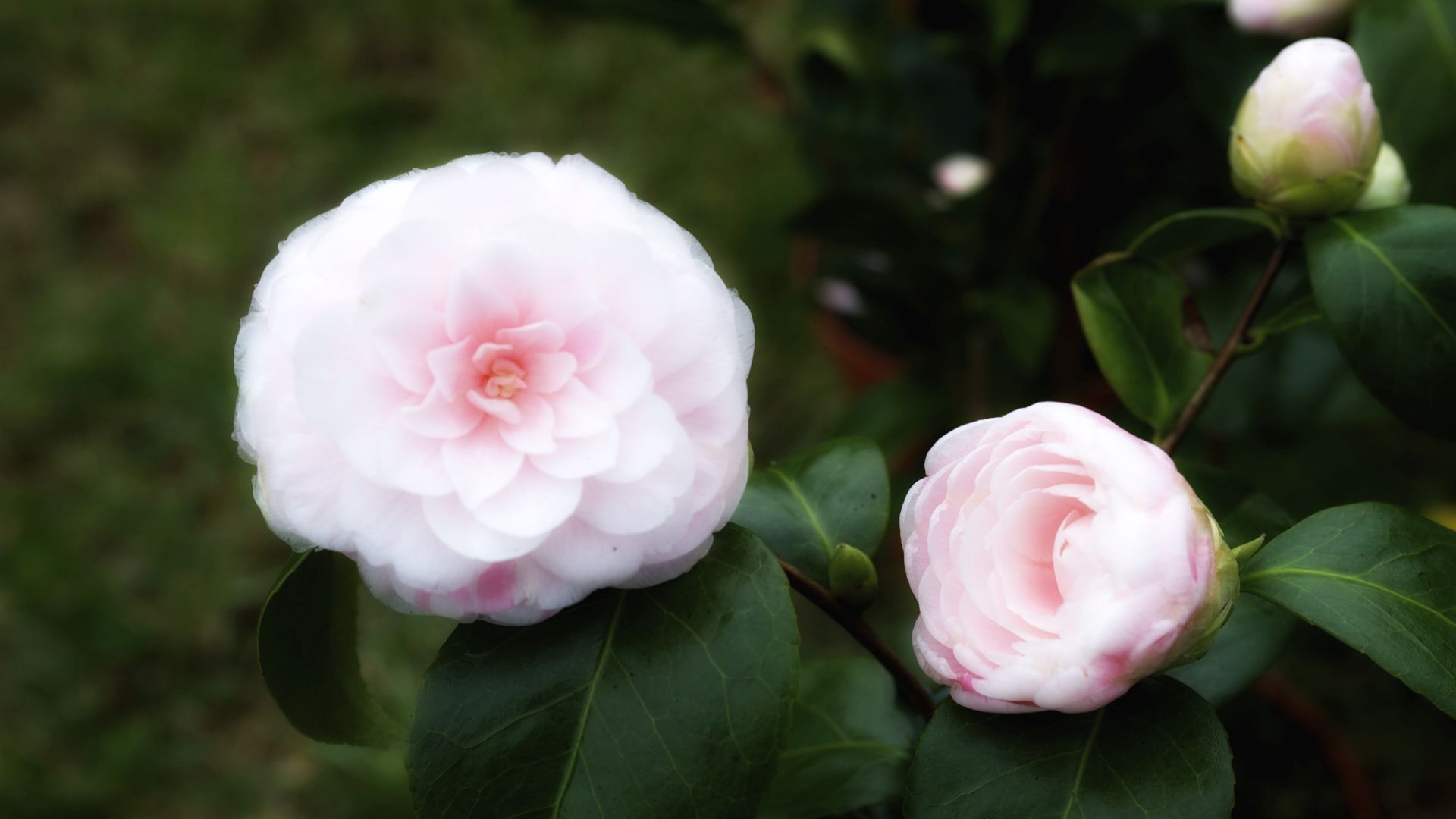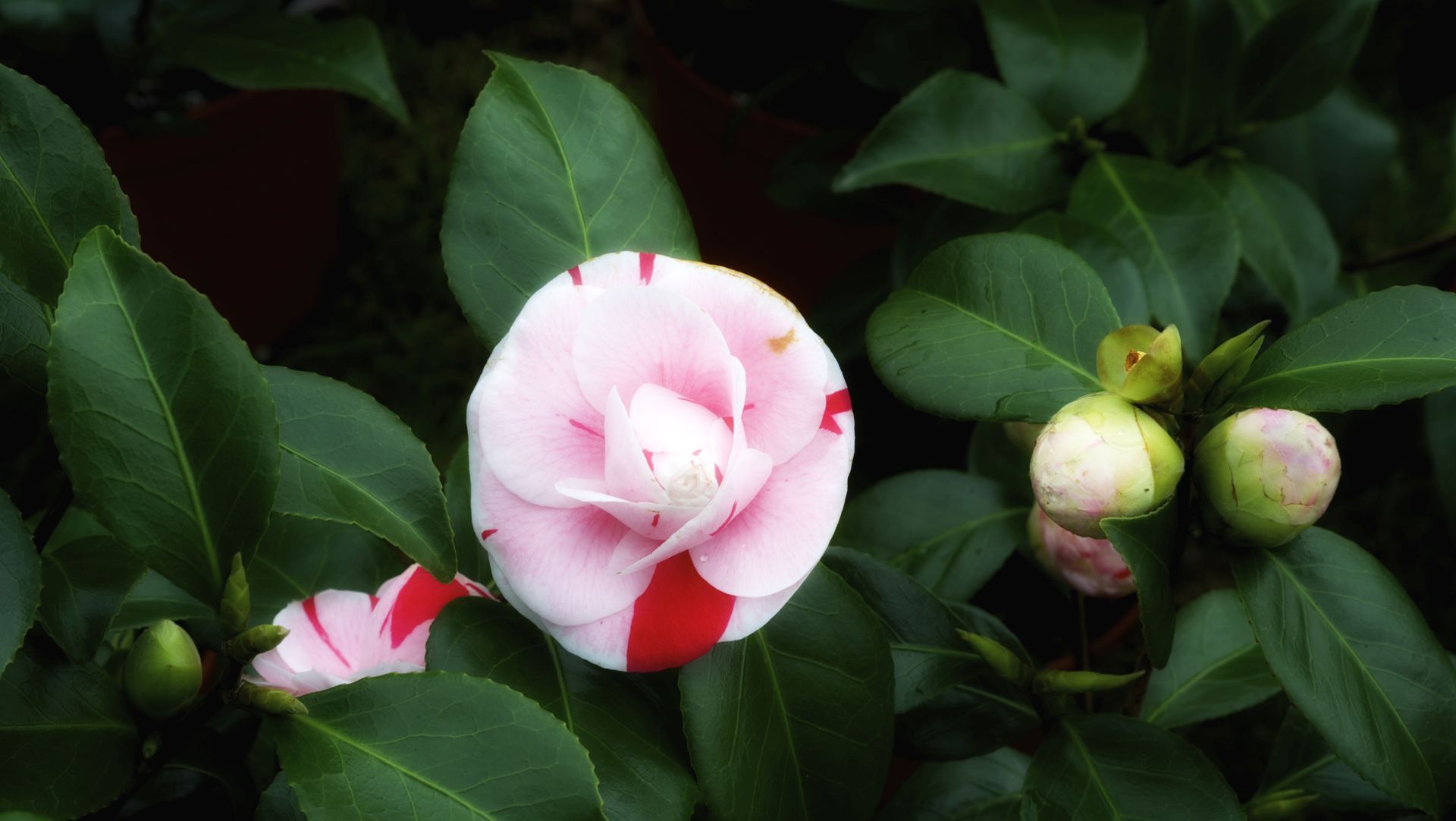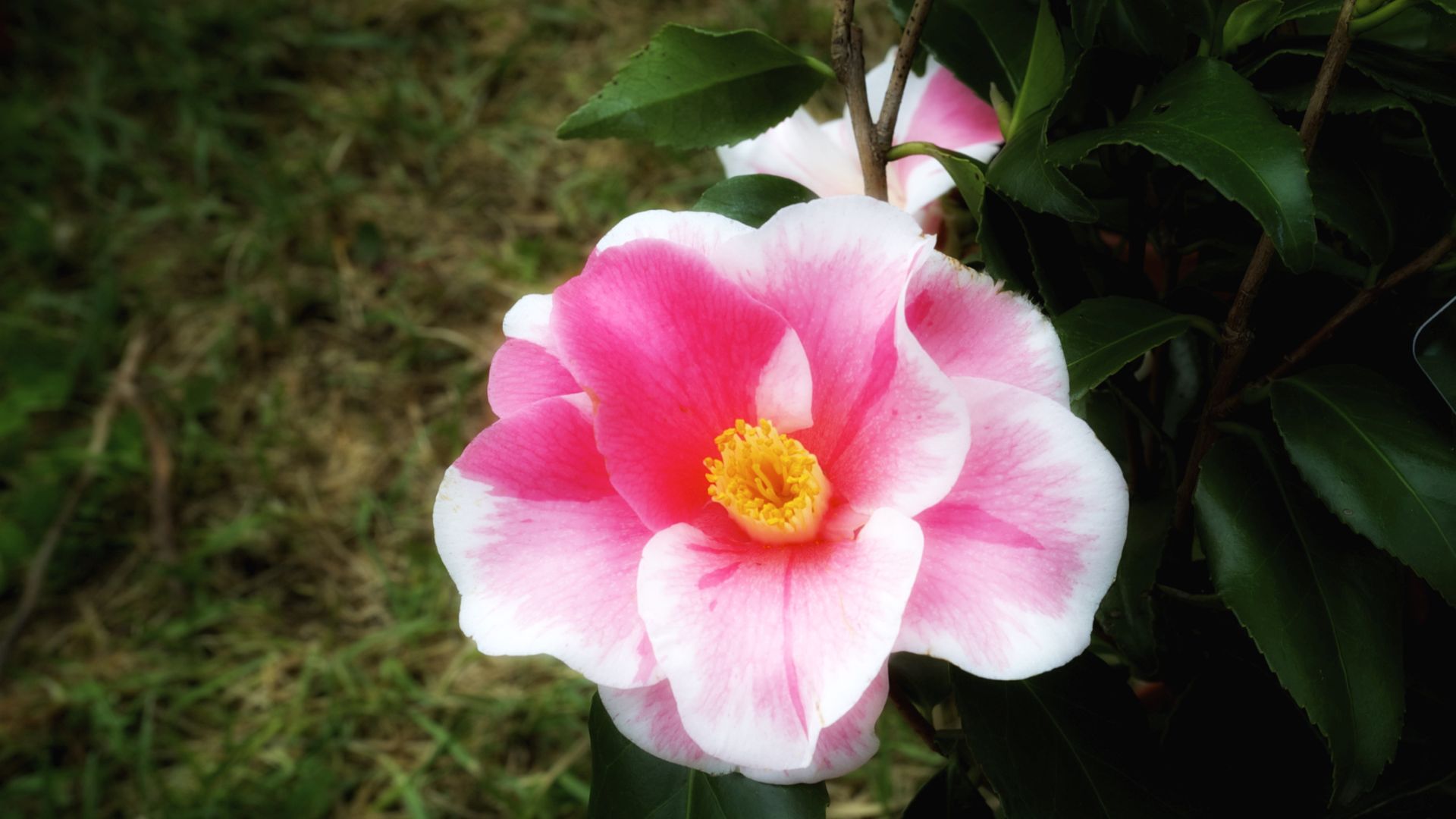The cultivation of camellias in the Lucca area is a tradition that dates back to the mid-1700s, favored by the particular climatic and morphological conditions of the territories of the Lucca area.




CONTACTS
ADDRESS: Via del Cantiere, Sant'Andrea di Compito (Capannori)
TEL: 0583 977188 - 345 0552996
E-MAIL: info@camelielucchesia.it
WEB: camelletiumcompitese.com
This splendid flower, belonging to the Theaceae family, comes from Southeast Asia, especially from Japan, China and Korea. The origin of this plant is very ancient and its exotic charm, the bright shade of the leaves, and its beauty conquered the aristocracy of the time, who used it often to embellish the parks and gardens of aristocratic residences and villas in the Lucca countryside.
In 1830 Angelo Borrini, ophthalmologist of the Duke of Lucca and scientist who studied camellias together with his brother Alessandro, planted some seeds of the plant in the Compitese area, a valley on the slopes of Mount Pisano, on the Lucca side, in the villages of Sant'Andrea and Pieve di Compito where they found an ideal microclimate, acid soils and abundant water.
This is where the spectacular Camellietum of Sant'Andrea di Compito is located, a magical place immersed in the silence and beauty of nature in the woods, between canyons and streams, which today houses more than 1,000 specimens of camellias, of which 250 nomenclati. An area of 7,250 square meters to safeguard and preserve ancient cultivars, prior to 1900, not only originating in the Lucca area, initially from local and Tuscan villas, then from the rest of Italy and abroad.
It is divided into eleven areas dedicated to famous artists and musicians. It is such a beautiful and rich garden that since 2016 it has the title of garden of excellence by the International Camellia Society, a recognition that only a few gardens in the world can boast.
Hundreds of camellias with fascinating and exotic names that evoke the Far East. Among these, the beautiful "Aspasia", "Stella Polare" and "Stella di Compito", at risk of extinction.
The season to visit the Camellietum in bloom is very long, from autumn to late spring, according to the varieties: the first to bloom are the Sasanqua varieties, unique for its scent, which blooms as early as October.
The last ones, in the period between February and April, are the Japonics, among which the Camelia sinesis, a fragrant plant with leaves used for tea production, obtained from the fermentation and infusion of the leaves of this species. Antica Chiusa Borrini, in Sant'Andrea di Compito, hosts the first Italian tea cultivation and produces a small but excellent quantity every year.
And yet the Camellia rusticana and the mythical Higo, the Camellia of the samurai and many other camellias with rich and varied chromatic shades ranging from the pure white of Alba simplex to streaked two-tone flowers with all shades of pink up to bright red.
In March, at the peak of blooms, the Exhibition of the Ancient Camellias of Lucchesia is held, a longstanding event that allows to visit the camellietum and the gardens of the villas, and participate in the many initiatives with music, art, local food and cultural events such as the tea ceremony.
